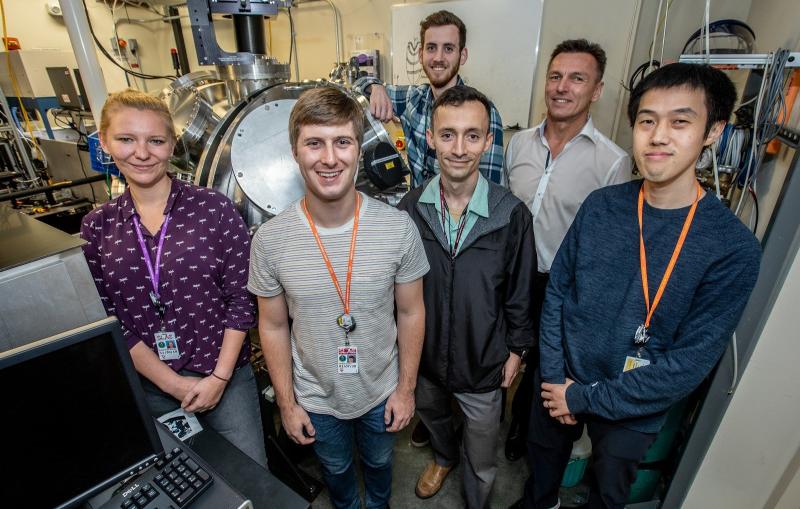Illustration
Illustration of how a single crystal sample of silicon deforms during shock compression on nanosecond timescales.


Illustration of how a single crystal sample of silicon deforms during shock compression on nanosecond timescales.

